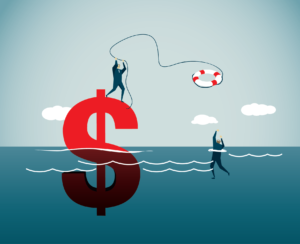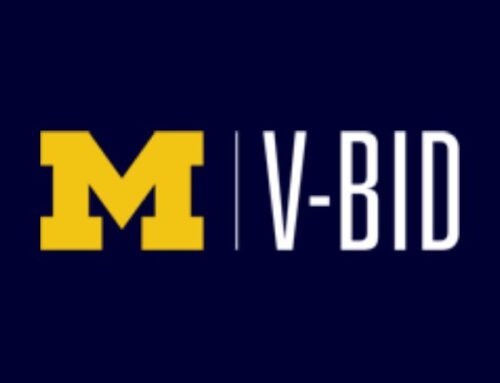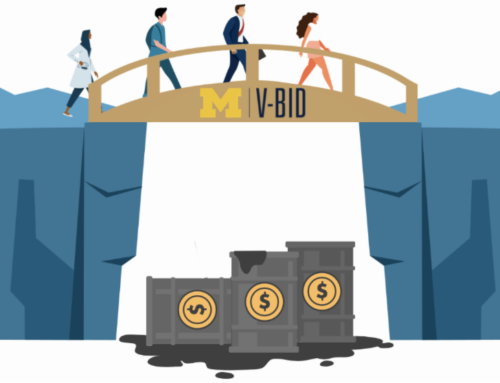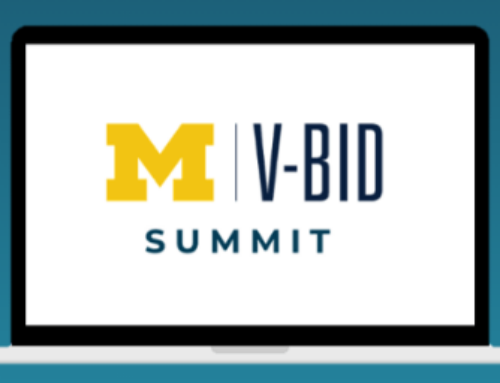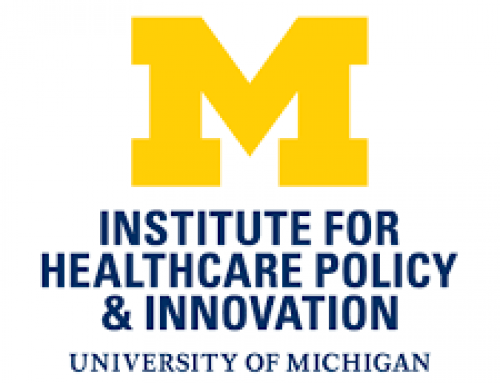Meeting the Opioid Challenge: Getting Naloxone to Those Who Need it Most
In April 2018, the US Surgeon General recognized the gravity of the US opioid epidemic and issued a rare public health advisory calling for increased availability of naloxone. This policy explicitly acknowledges that naloxone—a rescue medication that temporarily reverses the effects of an opioid overdose—does not cure opioid addiction. However, by preventing immediate harms such as death, naloxone use offers the survivor an opportunity to enter treatment when ready.
Unfortunately, national implementation of a policy aimed to enhance access to naloxone faces many practical barriers, including identifying those most likely to benefit, deciding how and where to distribute the medication, and ensuring affordability. Naloxone prices have increased markedly over the past few years and range between $20 for a generic vial to $4,500 for an easy to use auto injector. Separate from drug acquisition costs, high consumer out-of-pocket costs required by many health plans may hinder access for those with insurance coverage. A program that targets naloxone to those most likely to benefit—instead of a broad population-based implementation—is most likely to be of highest value.
Read the full article:
Health Affairs Opioid Blog Post
Read more about value-based insurance design and HDHPs:
HDHP+ Research 1-Pager HDHP+ Research White Paper HDHP+ Infographic HDHP+ Whiteboard Video

